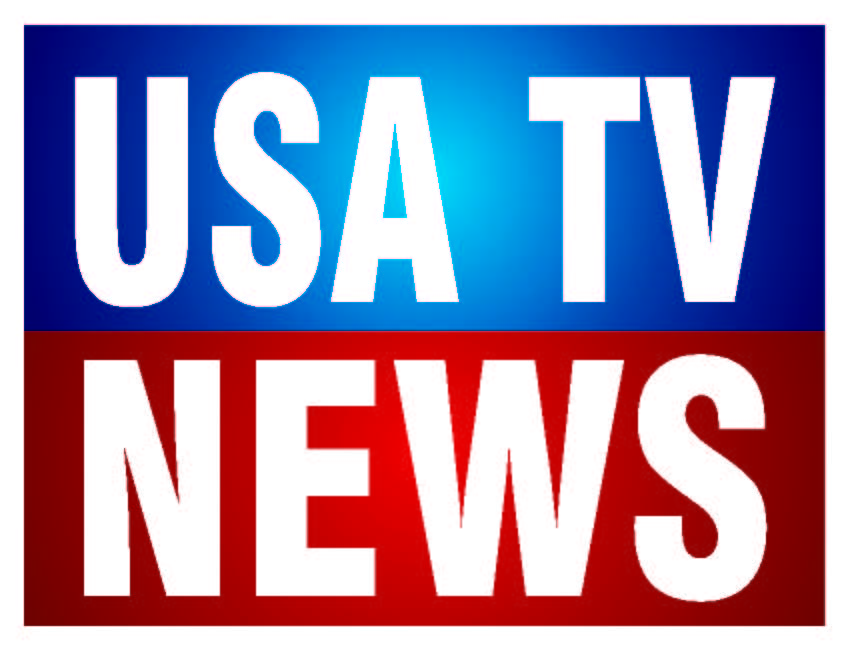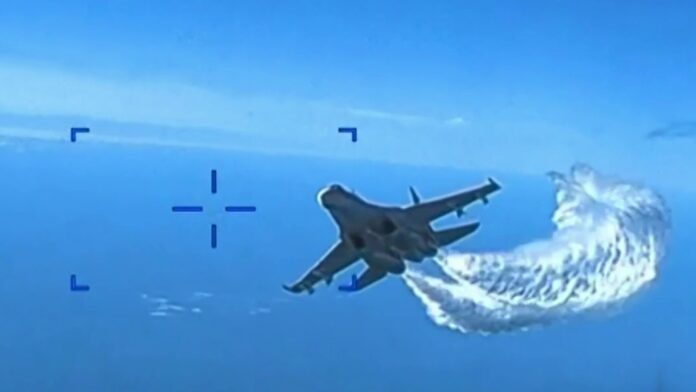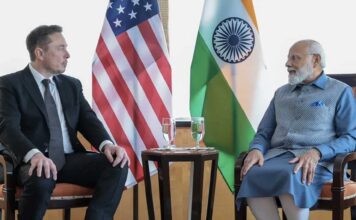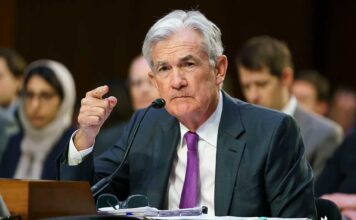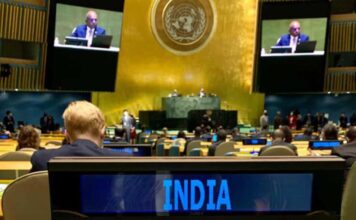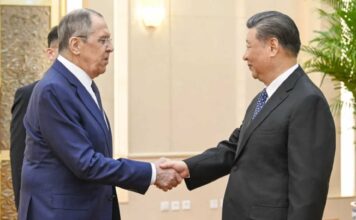Kyiv, Ukraine: Russia and the United States ratcheted up their confrontational rhetoric Wednesday over a U.S. surveillance drone that encountered Russian warplanes and crashed near Ukraine’s Crimean Peninsula, which the Kremlin has illegally annexed. At the same time, the two countries’ defense chiefs opened a dialogue about the incident.
The Pentagon on Thursday released video of what it said was a Russian fighter jet dumping fuel on a U.S. Air Force surveillance drone before the warplane clipped the drone’s propeller in international airspace, leading to its crash in the Black Sea and raising tensions between Moscow and Washington over the war in Ukraine.
The U.S. military’s declassified 42-second color footage shows a Russian Su-27 approaching the back of the MQ-9 Reaper drone and releasing fuel as it passes, the Pentagon said. Dumping the fuel appeared to be aimed at blinding the drone’s optical instruments to drive it from the area.
On a second approach, either the same jet or another Russian fighter that had been shadowing the MQ-9 struck the drone’s propeller, damaging a blade, according to the U.S. military, which said it then ditched the unmanned aircraft in the sea.
The video excerpt released by the Pentagon does not show events before or after the apparent fuel-dumping confrontation and does not show the Russian warplane striking the drone.
Russia said its fighters didn’t strike the drone and claimed the unmanned aerial vehicle went down after making a sharp maneuver. The Kremlin said the flight proved again that Washington is directly involved in the fighting in Ukraine and added that Moscow would try to recover the drone’s wreckage from the Black Sea. U.S. officials said the incident showed Russia’s aggressive and risky behavior and pledged to continue their surveillance.
Russia has long voiced concern about U.S. surveillance flights near its borders, but Tuesday’s incident signaled Moscow’s increasing readiness to raise the ante as tensions soar between the two nuclear powers. It reflected the Kremlin’s appetite for brinkmanship that could further destabilize the situation and lead to more direct confrontations.
U.S. Defense Secretary Lloyd Austin, who said the incident was part of a “pattern of aggressive, risky and unsafe actions by Russian pilots in international airspace,” spoke to his Russian counterpart, Sergei Shoigu, on Wednesday for the first time in five months.
“It’s important that great powers be models of transparency and communication, and the United States will continue to fly and to operate wherever international law allows,” Austin told reporters in Washington.
Army Gen. Mark Milley, the chairman of the Joint Chiefs of Staff who also appeared at the briefing, said, “We know that the intercept was intentional. We know that the aggressive behavior was intentional,” but whether the Russian warplane’s collision with the MQ-9 Reaper drone was intentional was still unclear.
The Russian Defense Ministry said in its report of the call with Austin that Shoigu noted the U.S. had provoked the incident by ignoring flight restrictions the Kremlin had imposed due to its military operation in Ukraine and also blamed “the intensification of intelligence activities against the interests of the Russian Federation.” Such U.S. actions “are fraught with escalation of the situation in the Black Sea area,” it said, warning that Russia “will respond in kind to all provocations.”
